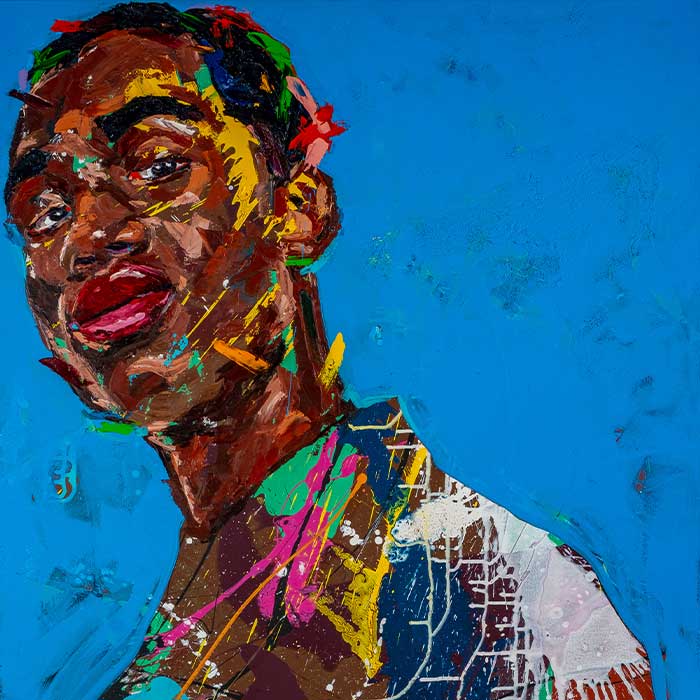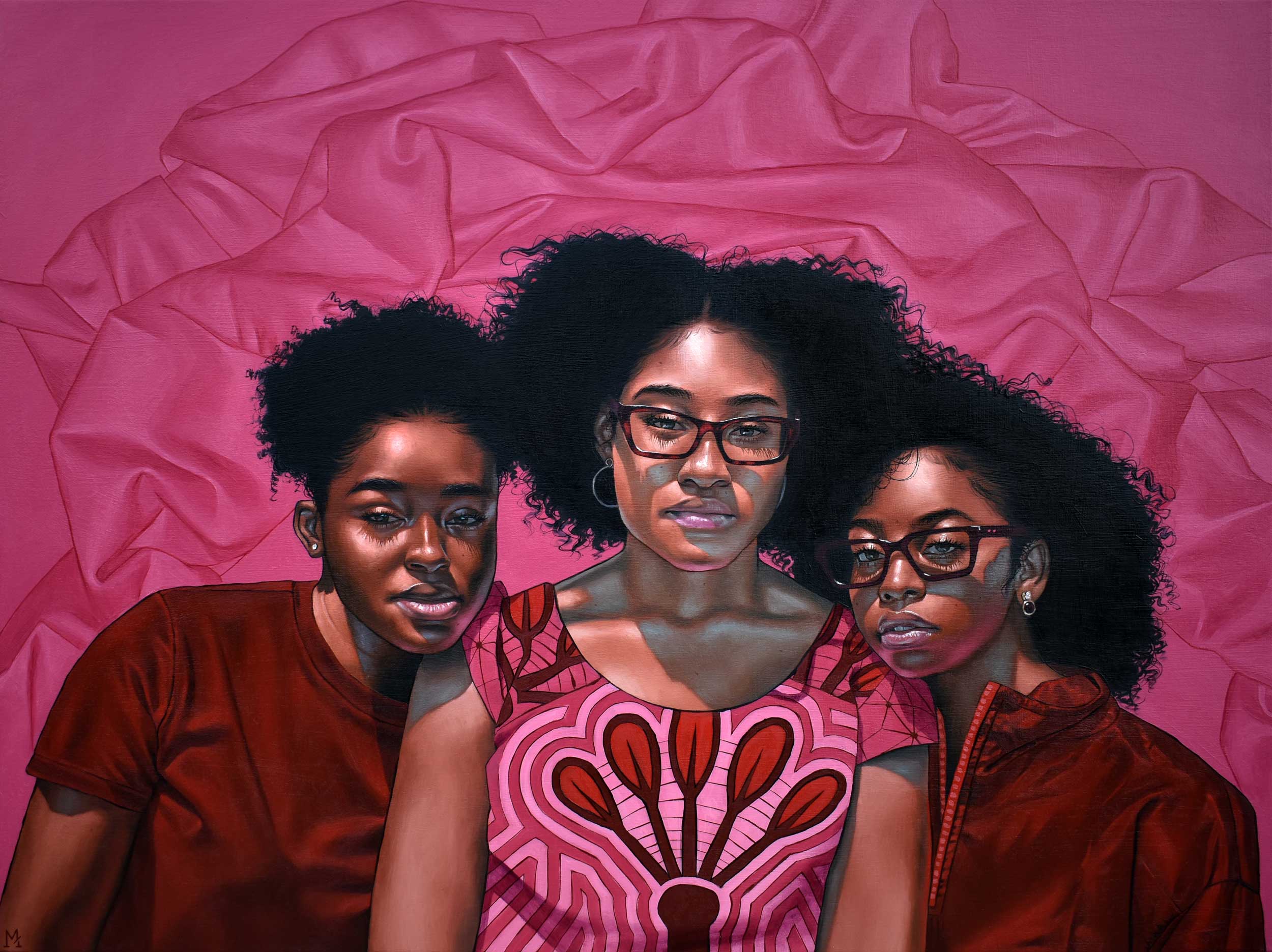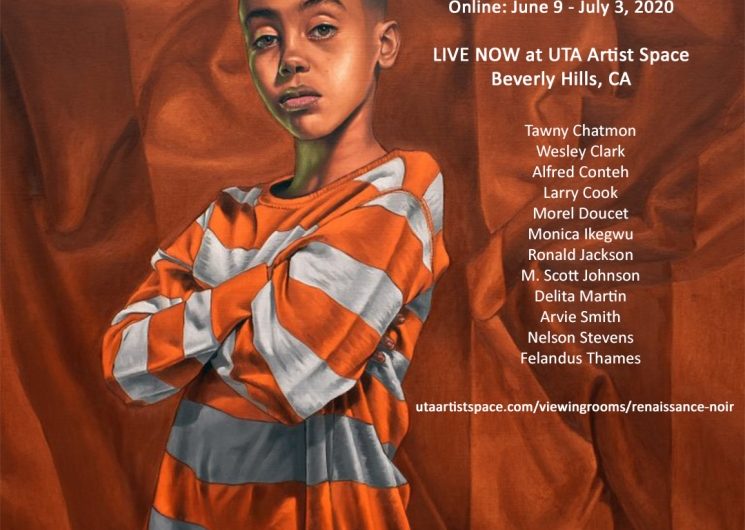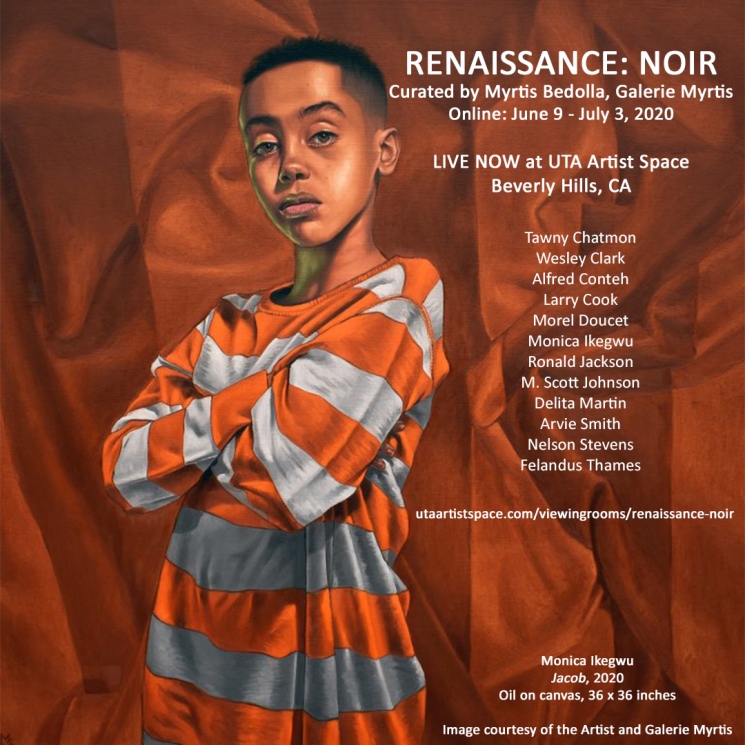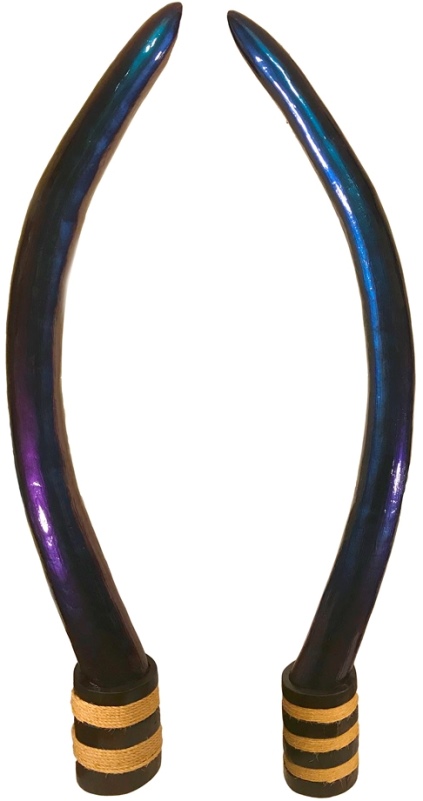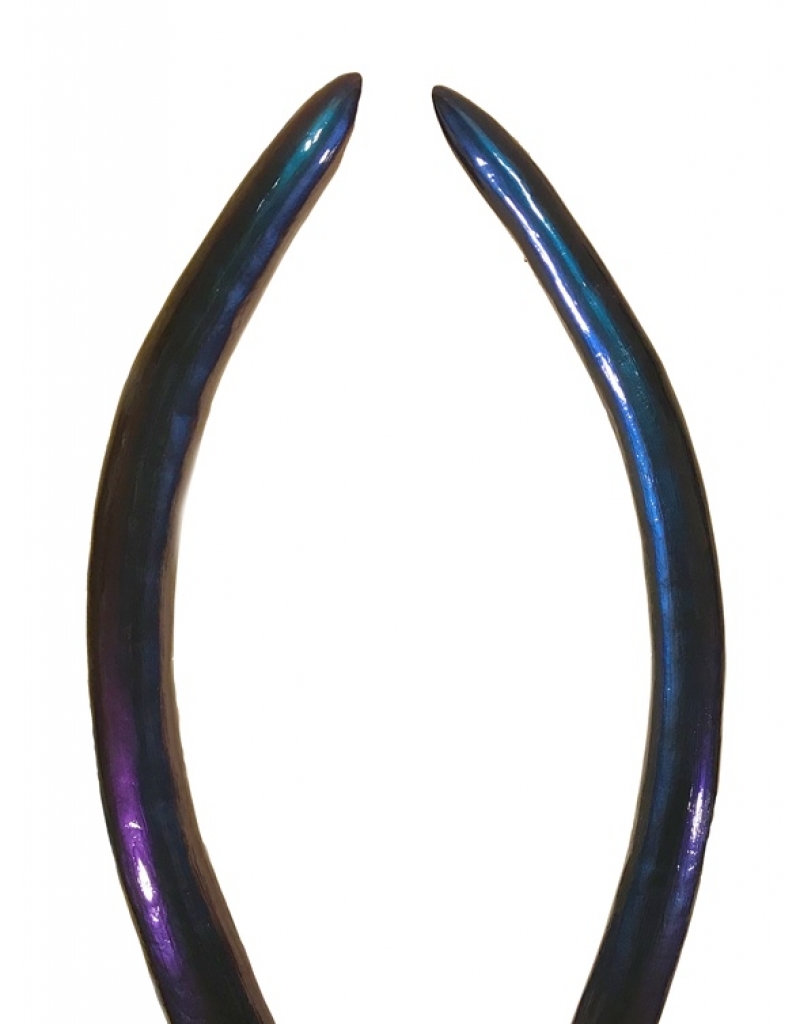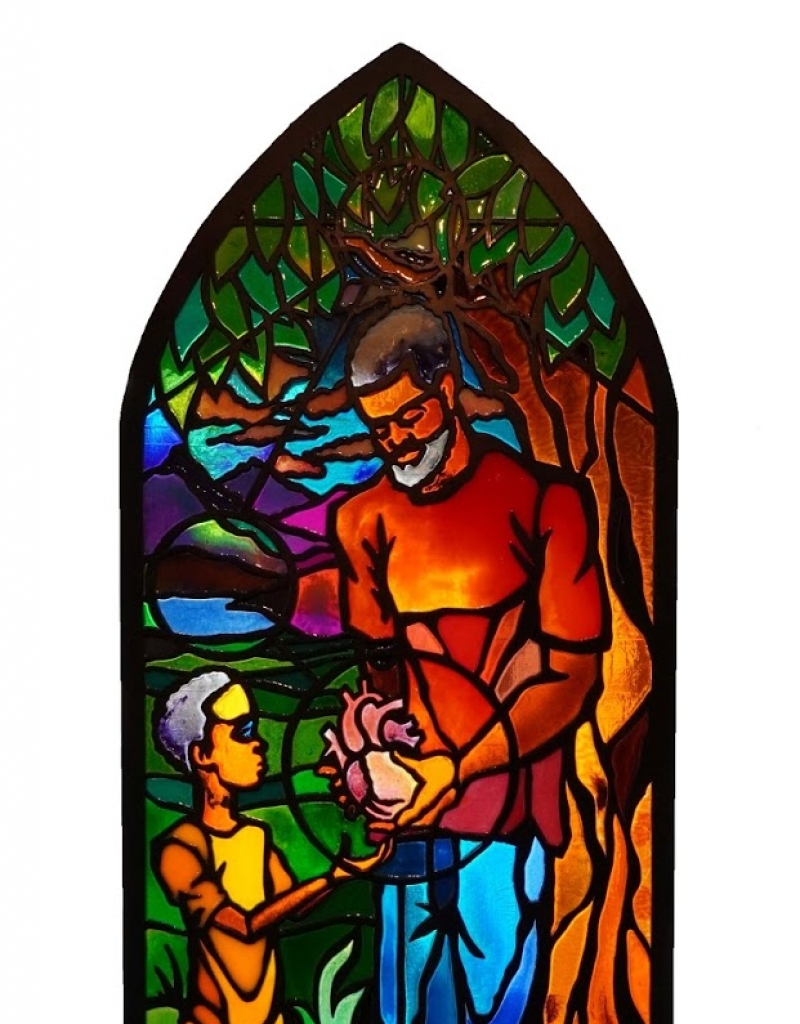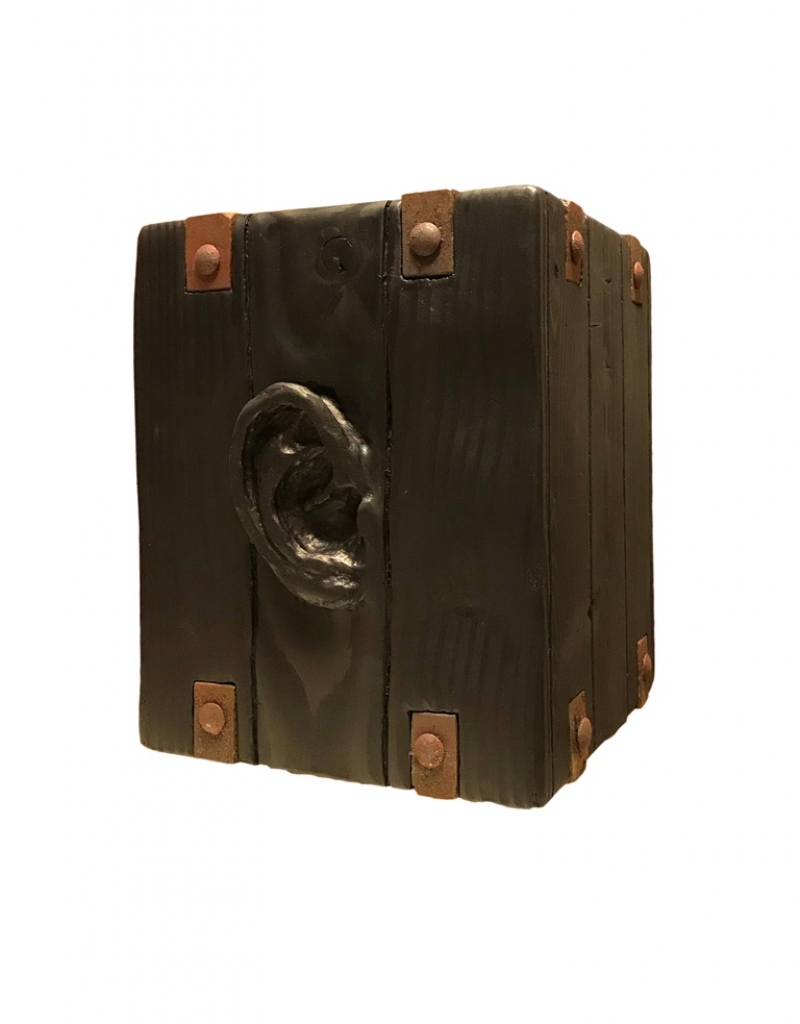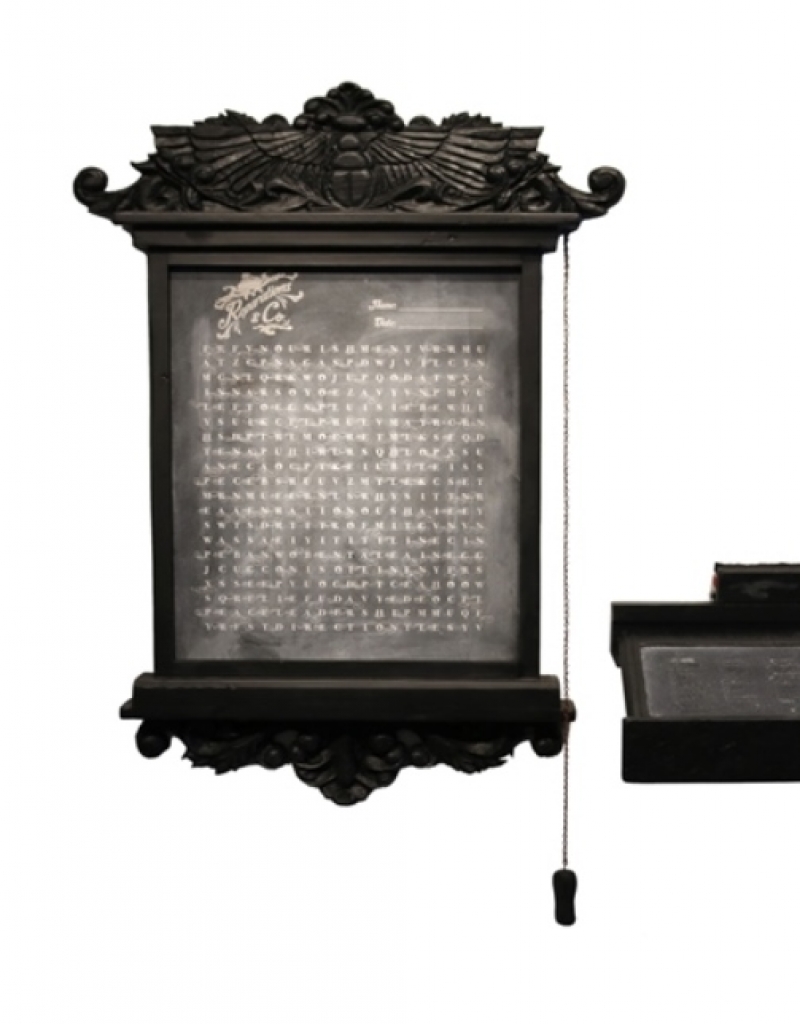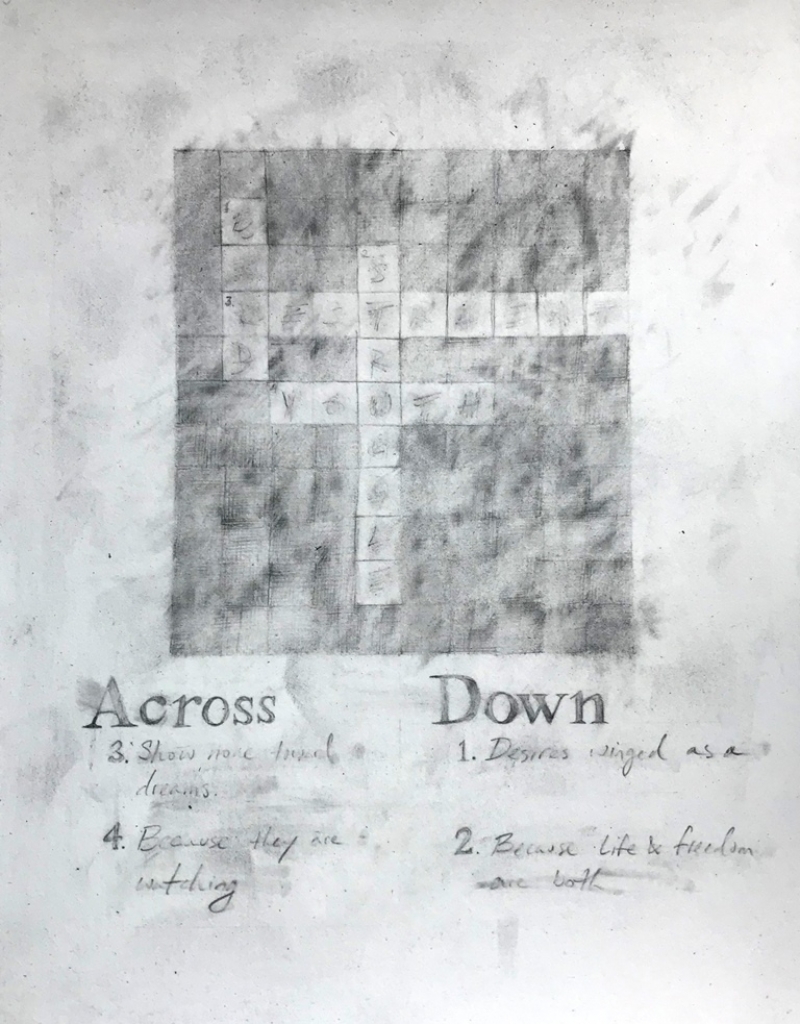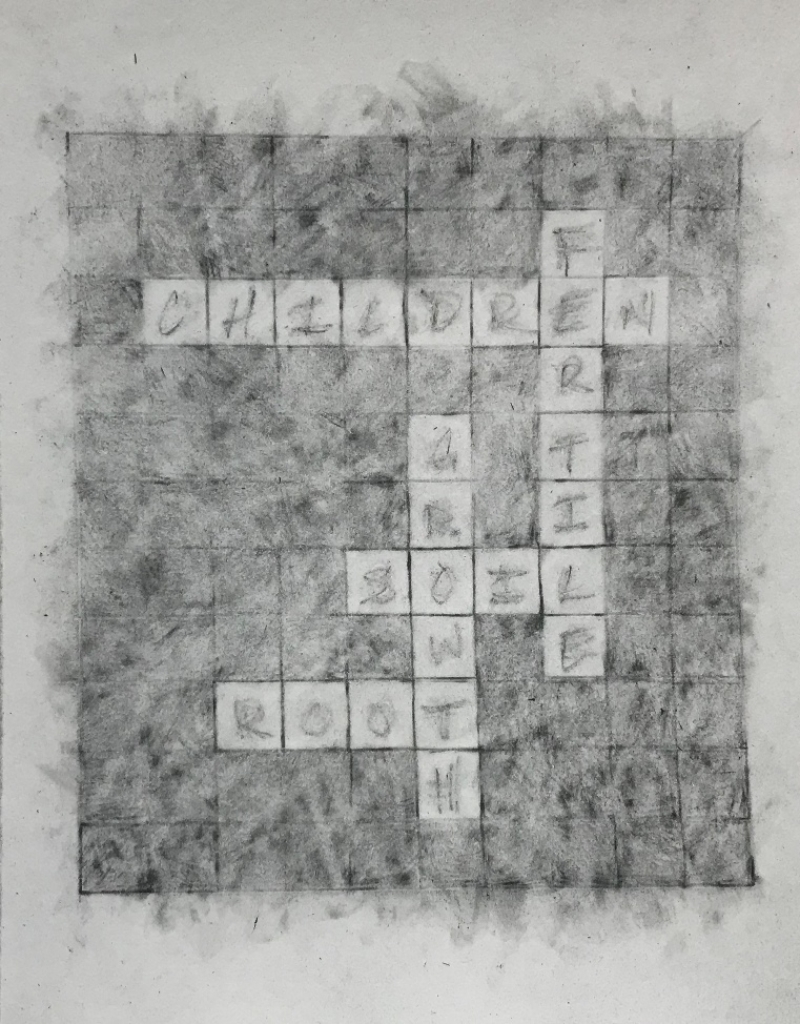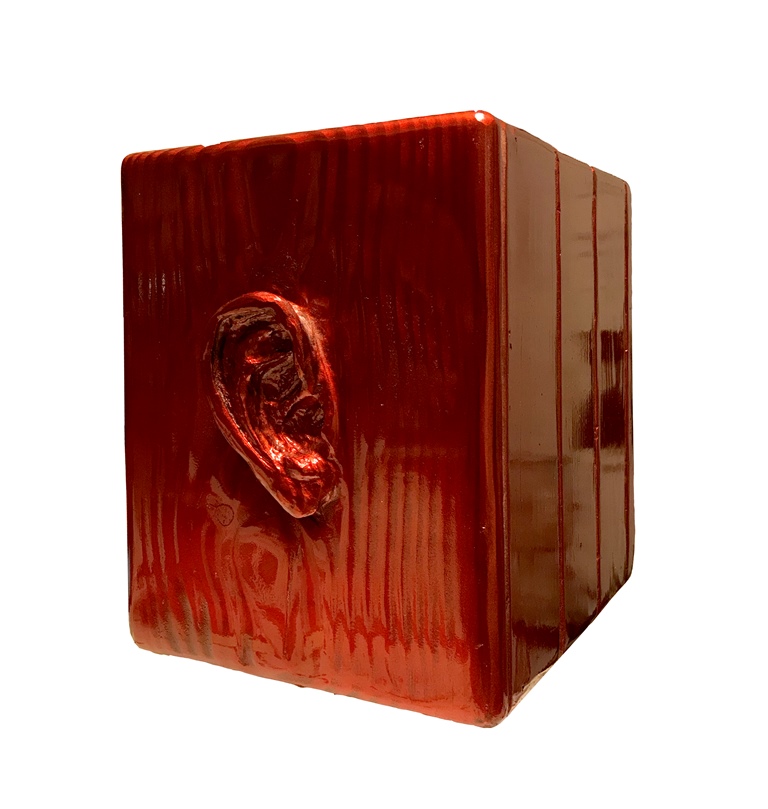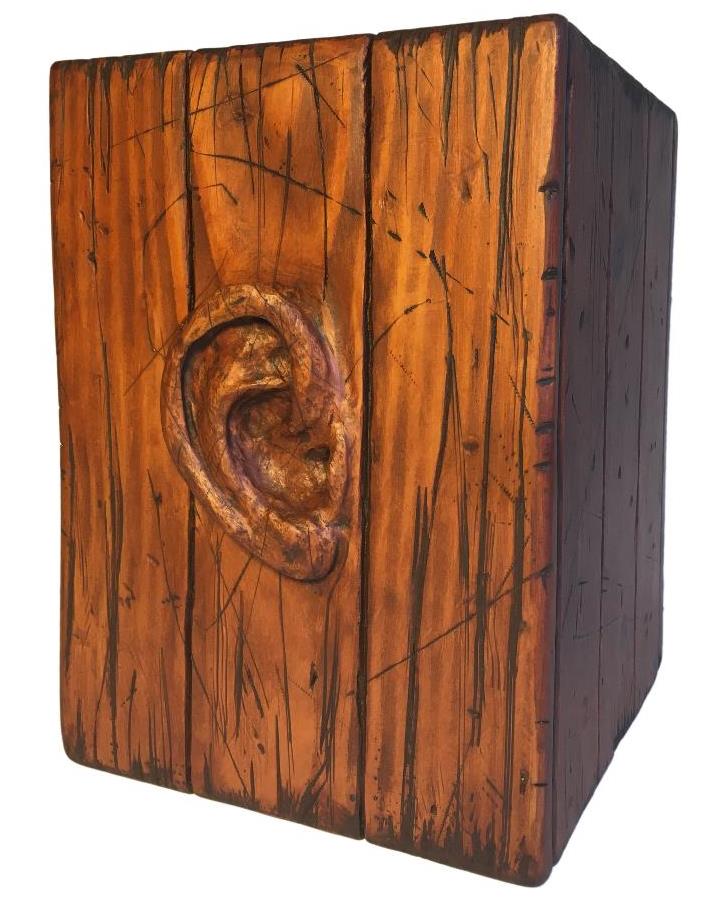 Artist
Artist
Ontology: Communal Expressions of Being About the Artists
Ontology: Communal Expressions of Being – About the Artists
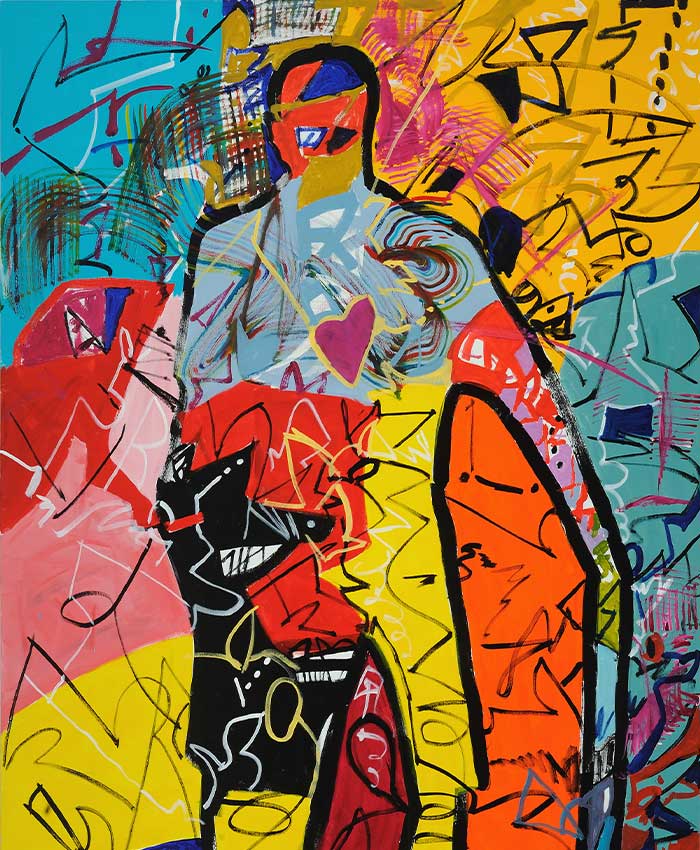
about the exhibition | view artwork
Lavett Ballard is a mixed media artist who describes her work as a re-imagined visual narrative of African descent people. Ballard’s use of imagery reflects social issues affecting primarily Black women.
Wesley Clark is a conceptual artist whose work challenges and draws parallels between historical and contemporary cultural issues. Clark’s primary focus surrounds blacks in America and the African Diaspora. He examines the young black male psyche and the feeling of being a target.
Alfred Conteh is a painter who presents visual explorations of how people from the African Diaspora societies living in the South are fighting social, economic, educational, and psychological wars from within and without to survive.
Susan Goldman is a printmaker whose “Squaring the Flower” series explores geometry and decorative form. Love of pattern and underlying passion for color and beauty informs playful layering and improvisation. The flower gets stripped away, covered up, and over-printed, yet it always finds a way back in, like a melodious refrain or a cherry blossom in springtime.
Michael Gross is a painter and printmaker whose intensely colorful works are frenetic studies of light and movement. For Gross, every piece attempts to capture a moment of equilibrium, a kind of elegant balance in time and space, and record it permanently.
Michael Gross
The Measure of a Man, 2018
Oil and acrylic on canvas, 72 x 48″
M. Scott Johnson is a photographer and sculptor. As a photographer, Johnson navigates and interprets light, space, and soul in his Landscape Astrophotography series, which represents a yearly pilgrimage to the dark sky of New York’s Adirondack Park, where he captures the rising of the planet Venus in the Northern Hemisphere. As a sculptor, Johnson’s aesthetic and philosophical explorations are shaped by the landscape of his atavistic memories.
Megan Lewis is a painter whose work is a visual series built on her curiosities, experiences, memories, and thought processes. Gathering what she has known to be true becomes the foundation and framework of her artistry. Lewis creates work to express and share her joys.
Delita Martin is a printmaker who portrays Black women as magical beings that possess the power to transcend their black skin and exist in a spiritual form. Through the weaving of history and storytelling, Martin’s work offers narratives on the power of women whose stories are not only layered in textures and techniques but also symbolism.
Arvie Smith is a painter who works transforms the history of oppressed and stereotyped segments of the American experience into lyrical two-dimensional masterworks. Smith’s work is commonly of psychological images revealing deep sympathy for the dispossessed and marginalized members of society in an unrelenting search for beauty, meaning, and equality.
Nelson Stevens is a painter and member of AfriCOBRA (African Commune for Bad Relevant Artists) whose aesthetic is rooted in activism and a commitment to create imagery that rails against racism through positive, powerful, and uplifting imagery.
Felandus Thames is a conceptual artist whose work transcends didacticisms that are typically associated with anachronistic understandings of representation and instead aligns itself with ideas around the taxonomy of human difference. Thames is also interested in the interplay between the personal narrative and the imagined, uses humor to allow the viewer to ease into disconcerting motifs.
